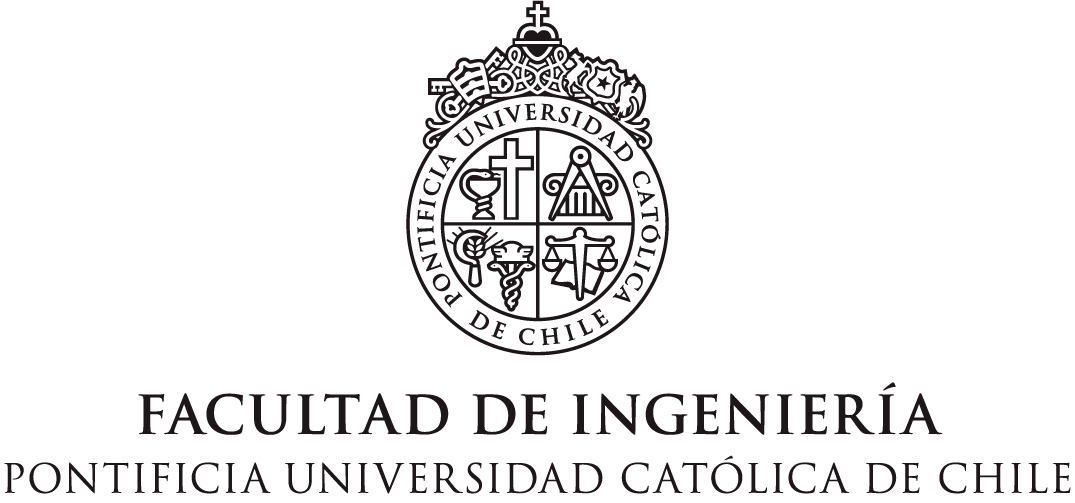Assessing net effect on emissions of implementation of Bus Rapid Transit system in São Paulo, Brazil: case study and some hypothetical scenarios

The paper investigates the relative influence of factors affecting vehicular emissions in high-flow BRT – Bus Rapid Transit corridors. Emissions were estimated using the IVE – International Vehicle Emission model, which bases estimates on the vehicle driving cycle, and the results of emissions measurements conducted by IPT – Institute of Technological Research of the State of São Paulo for different bus technologies and driving cycles. The developers of IVE have collected data about the technological characteristics of the fleet and driving cycles for different types of vehicles in São Paulo, Brazil. Data about operations in bus corridors in São Paulo was obtained from local transport agencies. Two types of analyses were conducted. First, a before and after analysis of a selected BRT corridor in São Paulo looked at the impacts on overall emissions. The results show that the comparison should not be restricted to the bus system only or to traffic in the specific road affected. When the contribution of autos taking alternative routes after the implementation of the BRT system is included in the estimates of total emissions, important changes in results can occur. A second analysis considered a number of hypothetical scenarios, simulating the impact of different variables related to system planning, design and operation, choice of technology and other general policies. The results indicate that vehicular emissions are influenced by a number of factors that, when combined, can bring favorable results, but that policies aimed at the automobile and consequences of BRT implementation on car users and car traffic are paramount.








